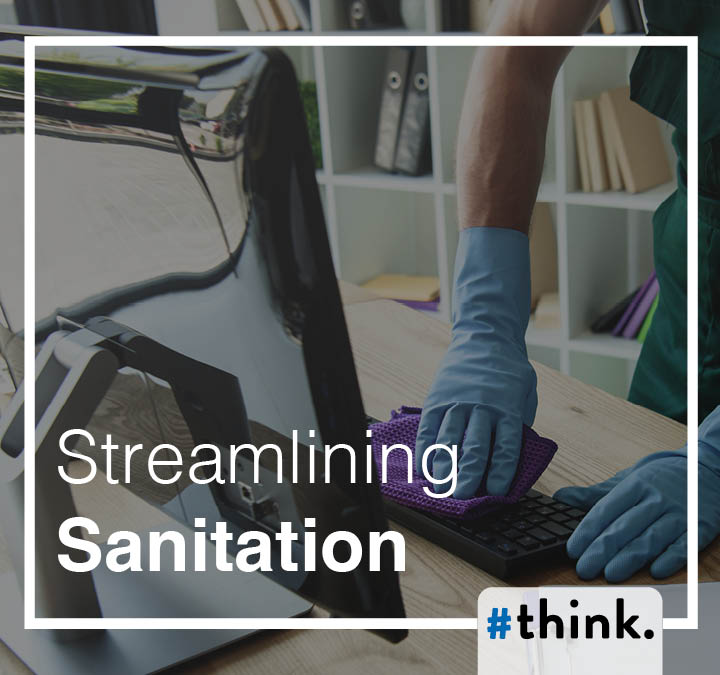Ensuring a clean and organised workplace is essential for the well-being of both employees and clients. However, in a business setting, finding the right balance between maintaining cleanliness and operational efficiency can be a challenge. This blog post aims to guide businesses in creating a customised cleaning schedule that aligns with their operational needs, ensuring a hygienic environment without disrupting daily workflows.
Analyse Your Business Operations
Begin by analysing the operational dynamics of your business. Take into consideration peak hours, specific areas that witness high foot traffic, and areas that are critical for client interactions. Understanding your business flow will help you create a cleaning schedule that minimises disruptions while maximising cleanliness.
Break It Down: Daily, Weekly, and Monthly Cleaning Tasks
Adopt a systematic approach to cleaning tasks by categorising them into daily, weekly, and monthly routines. Daily tasks may include sanitising high-touch surfaces and communal areas. Weekly tasks could involve Prioritise Based on Importance Different areas in a business have varying cleaning priorities. Identify critical spaces that impact the overall impression of your business and the health of employees and clients. Focus on these priority areas in your cleaning schedule and adjust the frequency based on their significance to your business operations. Realistic Time Allocation Acknowledging the time constraints of a business setting is crucial when creating a cleaning schedule. Be realistic about the time that can be dedicated to cleaning tasks without affecting productivity. Efficient time management ensures that the workplace remains clean without disrupting the core functions of the business. Visual Cleaning Schedule Implement a visual cleaning schedule that is accessible to all team members. Whether it’s a shared digital calendar, a physical checklist, or an app designed for task management, visual cues provide clarity and accountability. A transparent schedule helps employees understand their roles and responsibilities, fostering a collaborative approach to cleanliness. Employee Engagement Incorporate your team into the cleaning process by assigning specific tasks based on their roles and responsibilities. Encourage a sense of ownership among employees, making them accountable for the cleanliness of their workspaces. Consider periodic training sessions on proper cleaning protocols to ensure consistency. Flexibility for Dynamic Environments Business environments are dynamic and can experience sudden changes. Your cleaning schedule should be flexible enough to adapt to unforeseen circumstances without compromising cleanliness standards. Flexibility allows for adjustments in response to urgent matters or unexpected events, maintaining a clean and safe environment. Incentives for Compliance Recognise and reward employees for their commitment to maintaining a clean workplace. Establishing an incentive program encourages compliance with the cleaning schedule and promotes a positive attitude towards hygiene practices. Celebrate milestones and accomplishments in achieving a consistently clean and organised business space. Continuous Improvement Regularly review and evaluate the effectiveness of your cleaning schedule. Solicit feedback from employees and assess whether adjustments are necessary. A continuous improvement mindset ensures that your cleaning schedule evolves with the changing needs of your business, maintaining optimal cleanliness levels. Developing an effective cleaning schedule for businesses involves a thoughtful analysis of operational dynamics, categorising tasks, prioritising based on importance, and engaging employees in the process. By adopting a systematic and flexible approach, businesses can ensure a clean and hygienic environment that enhances both employee satisfaction and client perception. Happy cleaning!

